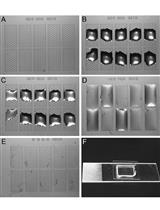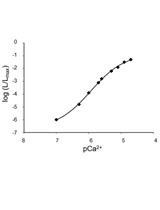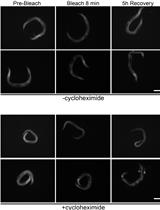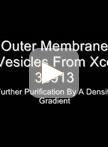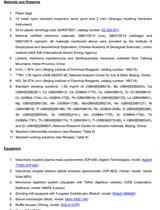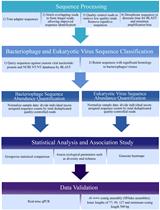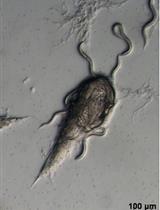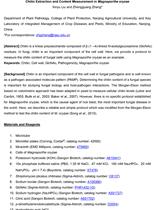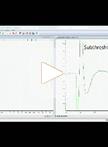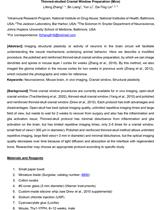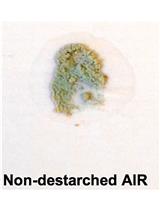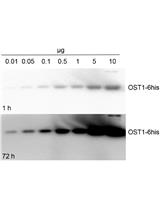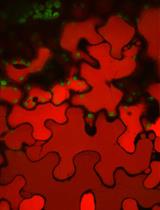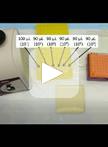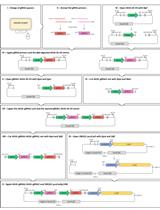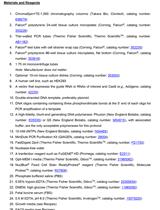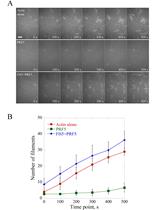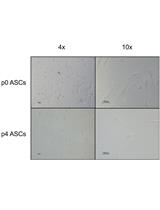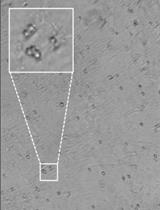- Submit a Protocol
- Receive Our Alerts
- EN
- Protocols
- Articles and Issues
- About
- Become a Reviewer
Past Issue in 2017
Volume: 7, Issue: 5
Cancer Biology
Liposome Flotation Assays for Phosphoinositide-protein Interaction
Ca2+ Measurements in Mammalian Cells with Aequorin-based Probes
Developmental Biology
Protein Synthesis Rate Assessment by Fluorescence Recovery after Photobleaching (FRAP)
Microbiology
Isolation of Outer Membrane Vesicles from Phytopathogenic Xanthomonas campestris pv. campestris
Transient Transfection-based Fusion Assay for Viral Proteins
Determination of Elemental Concentrations in Lichens Using ICP-AES/MS
Next-generation Sequencing of the DNA Virome from Fecal Samples
Polyethylene Glycol-mediated Transformation of Drechmeria coniospora
An HPLC-based Method to Quantify Coronatine Production by Bacteria
Chitin Extraction and Content Measurement in Magnaporthe oryzae
Neuroscience
Extracellular Axon Stimulation
Axonal Conduction Velocity Measurement
Olfactory Habituation-dishabituation Test (Mouse)
Olfactory Avoidance Test (Mouse)
Thinned-skulled Cranial Window Preparation (Mice)
Plant Science
Acetyl Bromide Soluble Lignin (ABSL) Assay for Total Lignin Quantification from Plant Biomass
In Gel Kinase Assay
Laser Scanning Confocal Microcopy for Arabidopsis Epidermal, Mesophyll, and Vascular Parenchyma Cells
Surface Inoculation and Quantification of Pseudomonas syringae Population in the Arabidopsis Leaf Apoplast
Multiplexed GuideRNA-expression to Efficiently Mutagenize Multiple Loci in Arabidopsis by CRISPR-Cas9
Knock-in Blunt Ligation Utilizing CRISPR/Cas9
Direct Visualization and Quantification of the Actin Nucleation and Elongation Events in vitro by TIRF Microscopy
Stem Cell
Isolation and Primary Culture of Adult Human Adipose-derived Stromal/Stem Cells
Reprogram Murine Epiblast Stem Cells by Epigenetic Inhibitors


